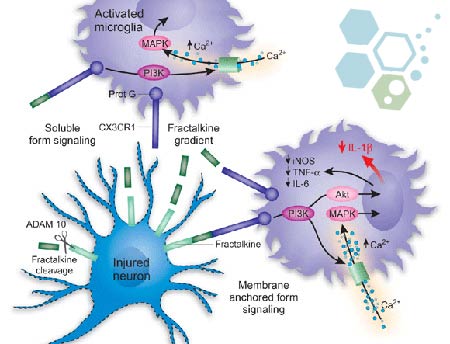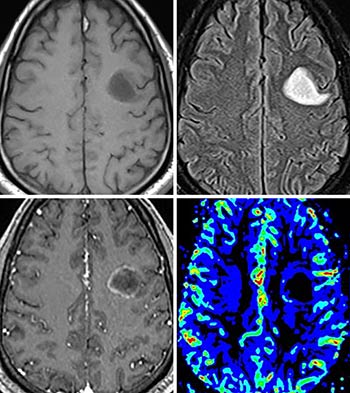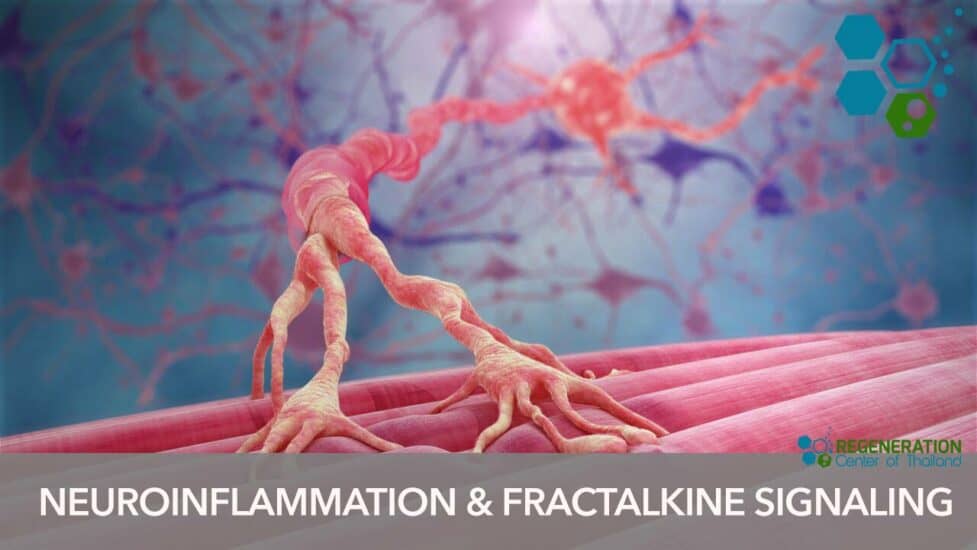Multiple Sclerosis (MS), an autoimmune disease primarily affecting myelin and myelin-producing cells known as oligodendrocytes in the brain and spinal cord, is known to cause symptoms of varying severity. Manifestations can range from relatively mild symptoms, such as numbness and blurred vision, to more severe complications, including paralysis and memory problems. This debilitating disease affects approximately 3.2 million individuals worldwide. Despite this, the current treatment protocols are inconsistent, offering no repeatable therapies capable of stimulating remyelination within the central nervous system (CNS). Therapies that promote remyelination carry the potential to alleviate MS symptoms and decelerate, if not halt, disease progression. Consequently, Stem cell treatment for Multiple Sclerosis that stimulate CNS remyelination have become a crucial focus for ongoing research, especially given the relative ineffectiveness of existing MS treatments.
What is the Function Of Fractalkine Cytokine Protein?
Fractalkine is a unique ligand for chemokine receptor (CX3CR1) which is expressed on natural killer cells, monocytes, T cells, Mesenchymal cells and smooth muscle cells where it  mediates cellular functions such as cell signalling, cell migration, cell adhesion, cell differentiation and cell proliferation.
mediates cellular functions such as cell signalling, cell migration, cell adhesion, cell differentiation and cell proliferation.
Fractalkine chemokine is widely expressed in neurons, has been shown to support the survival and development of several cell types, including oligodendrocytes and astrocytes, during both inflammation and homeostasis. Oligodendrocytes are primarily responsible for maintaining the myelin sheath. The expression of fractalkine’s receptor, CX3CR1, is predominantly limited to microglia. Given this, stem cell researchers have become interested in exploring the therapeutic potential of fractalkine for neurodegenerative diseases, including MS, Ataxia, Spinal cord injuries, brain injuries, MND, ALS, Parkinson’s and Alzheimer’s disease.
An MS treatment Breakthrough
 A recent study injected fractalkine into patients with MS induced by chemical means. The findings indicated that fractalkine stimulation led to a significant increase in the production of new oligodendrocytes and remyelination originating from reactivated oligodendrocyte precursor cells in the brains of the afflicted subjects. This process is usually highly inefficient in individuals suffering from MS. Hence these results are particularly encouraging. Learn about which superfoods can boost cognitive function.
A recent study injected fractalkine into patients with MS induced by chemical means. The findings indicated that fractalkine stimulation led to a significant increase in the production of new oligodendrocytes and remyelination originating from reactivated oligodendrocyte precursor cells in the brains of the afflicted subjects. This process is usually highly inefficient in individuals suffering from MS. Hence these results are particularly encouraging. Learn about which superfoods can boost cognitive function.
Is Fractalkine proinflammatory?
While past studies have highlighted the neuroprotective role of chemokines before the onset of demyelinating lesions, this is the first instance that fractalkine has been reported to stimulate remyelination (PDF link) and induced neural regeneration post-disease introduction. In addition to promoting remyelination, researchers also found that fractalkine mitigated inflammation, a destructive process triggered by the autoimmune attack inherent in MS, thereby lessening damage to myelin and oligodendrocytes. The safety and effectiveness of fractalkine align well with previous research studies that investigated its impacts.
Future studies plan to evaluate the effect of fractalkine in human models suffering from other neurodegenerative diseases and in alternative models. If fractalkine continues to show promise in these subsequent diseases and human clinical trials, it could become a revolutionary treatment for MS and other neurodegenerative diseases. Fractalkine has the potential to evolve into a groundbreaking therapy for remyelination, capable of arresting and even reversing the damaging effects of MS.

